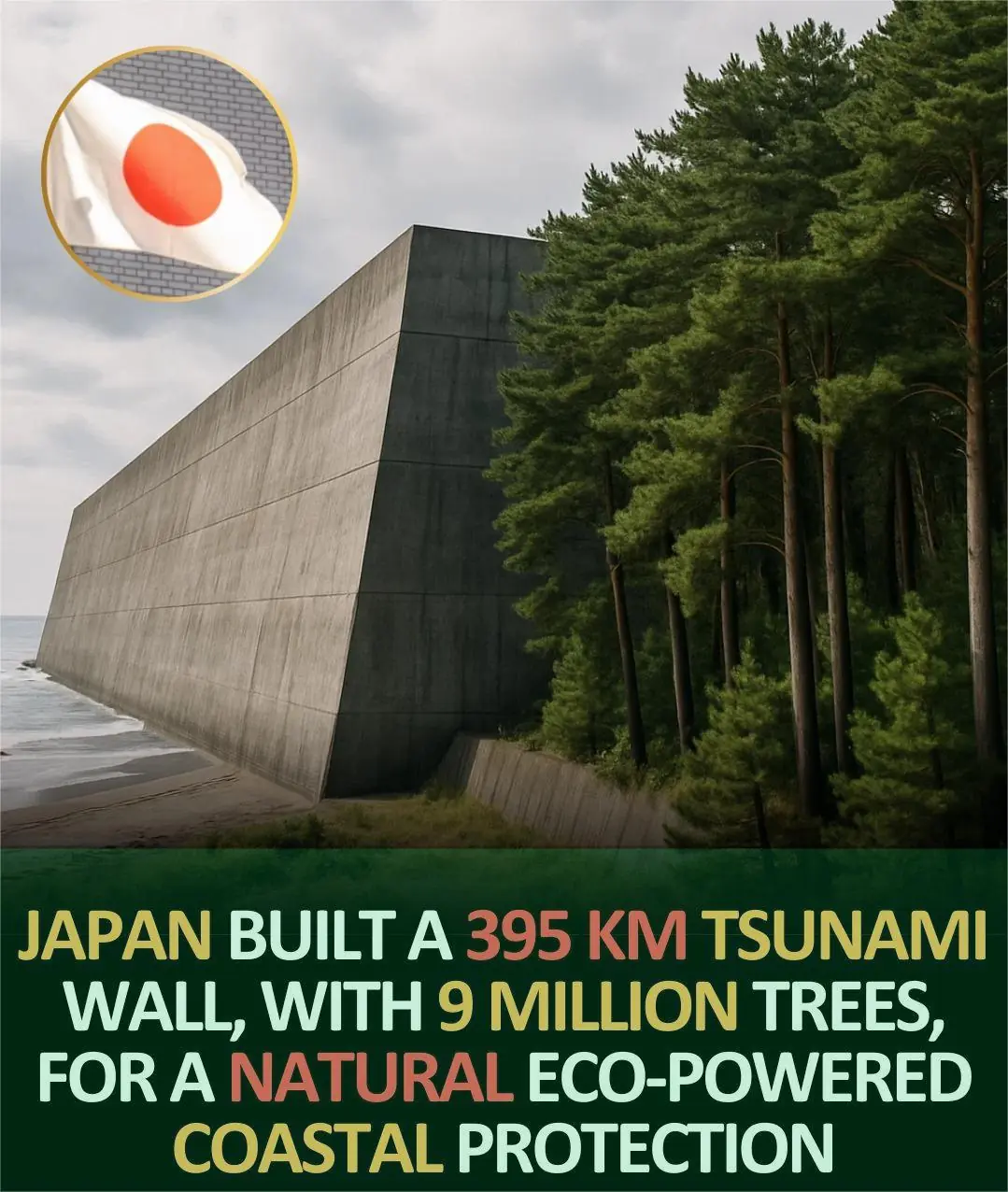
Hot News 08/10/2025 22:57
Japan’s Hybrid Coastal Defense: Engineering and Nature Working Together
News in the same category

Hot News 08/10/2025 16:23
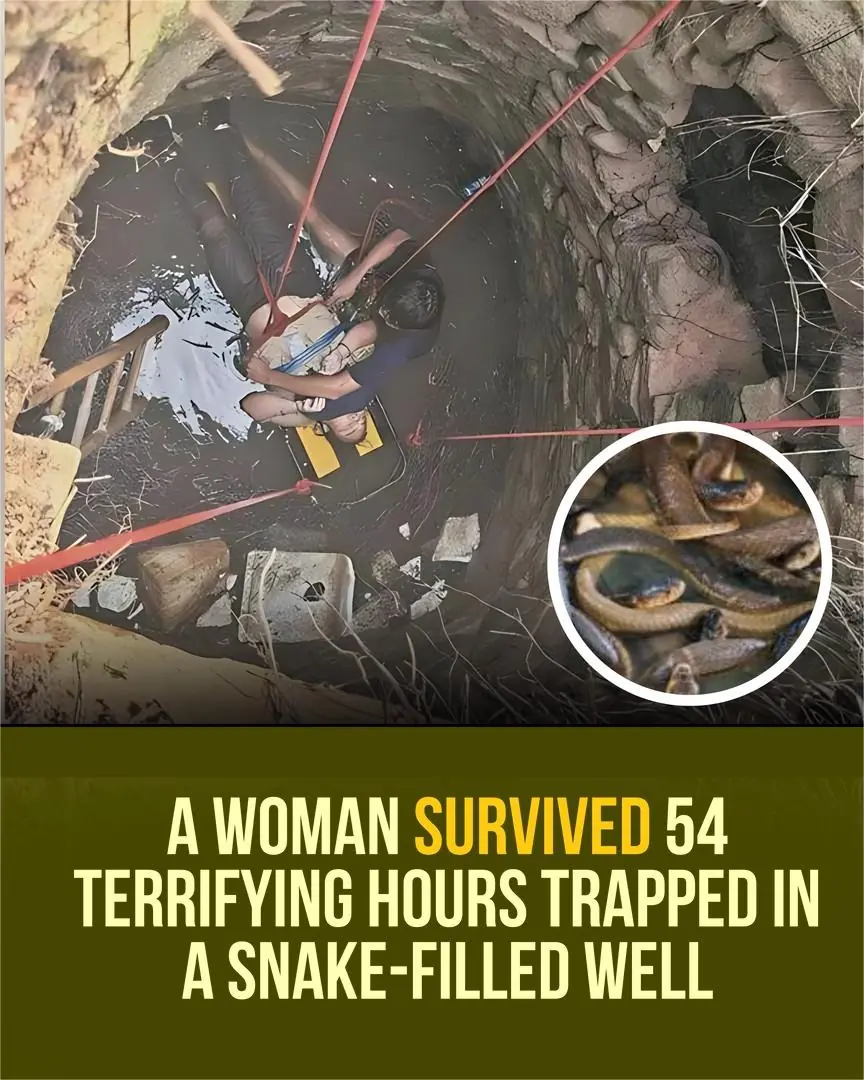
Trapped in Darkness: How a Chinese Woman Survived 54 Hours in a Snake-Filled Well
Hot News 07/10/2025 13:37

The High Price of a Status Symbol: How a Teen’s Kidney-for-iPhone Deal Became a Cautionary Tale
Hot News 07/10/2025 13:17

❄️ Brave 11-Year-Old and Her Loyal Dog Save a Mother Goat and Newborn Kid in the Snow
Hot News 07/10/2025 13:07

A Young Man’s Act of Kindness Gives an Elderly Neighbor Comfort in Her Final Days
Hot News 07/10/2025 00:35

Running Through Grief — A Father’s Marathon of Love and Memory
Hot News 07/10/2025 00:28
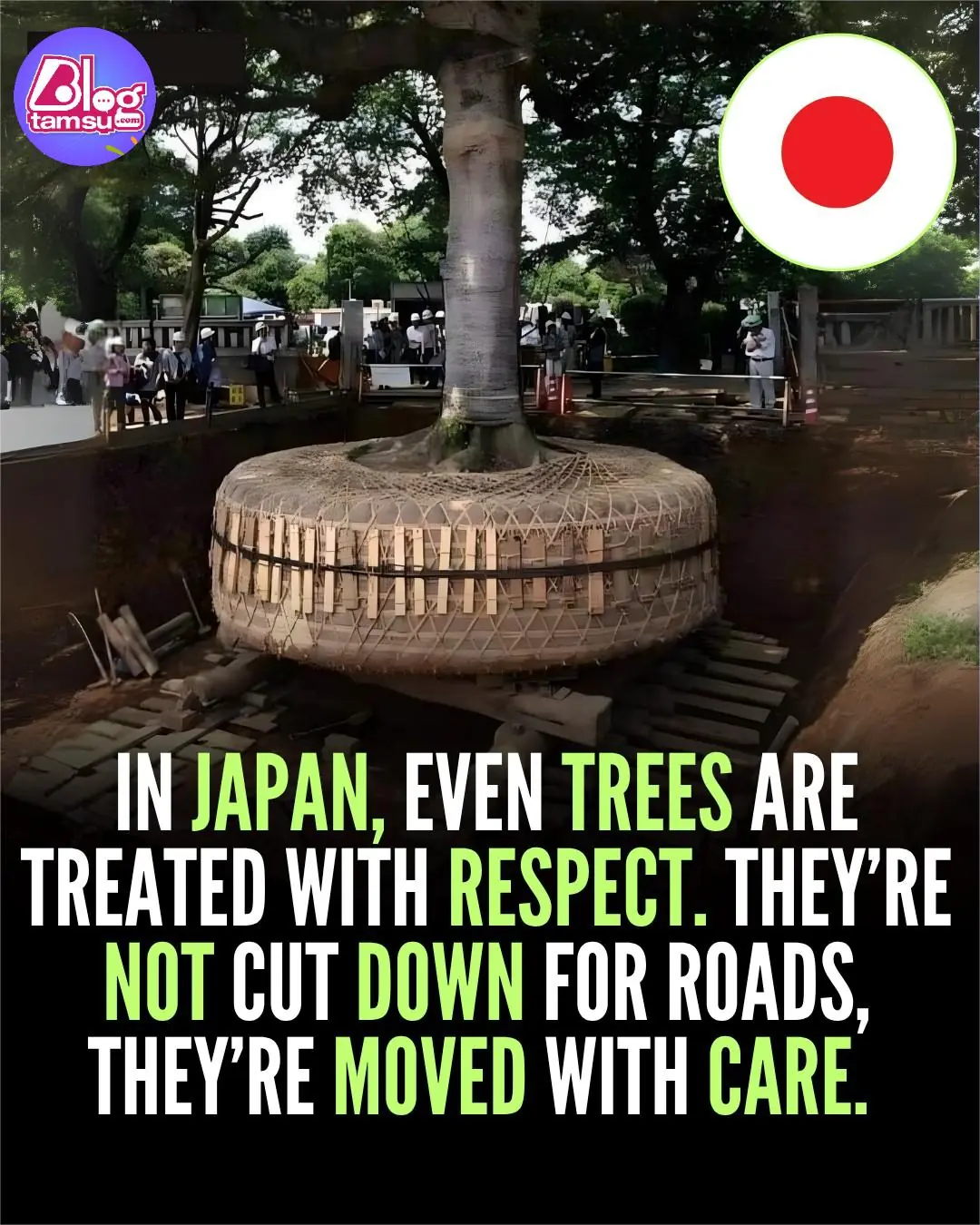
Japan’s Gentle Way of Making Space — Moving Trees Instead of Cutting Them Down
Hot News 07/10/2025 00:25
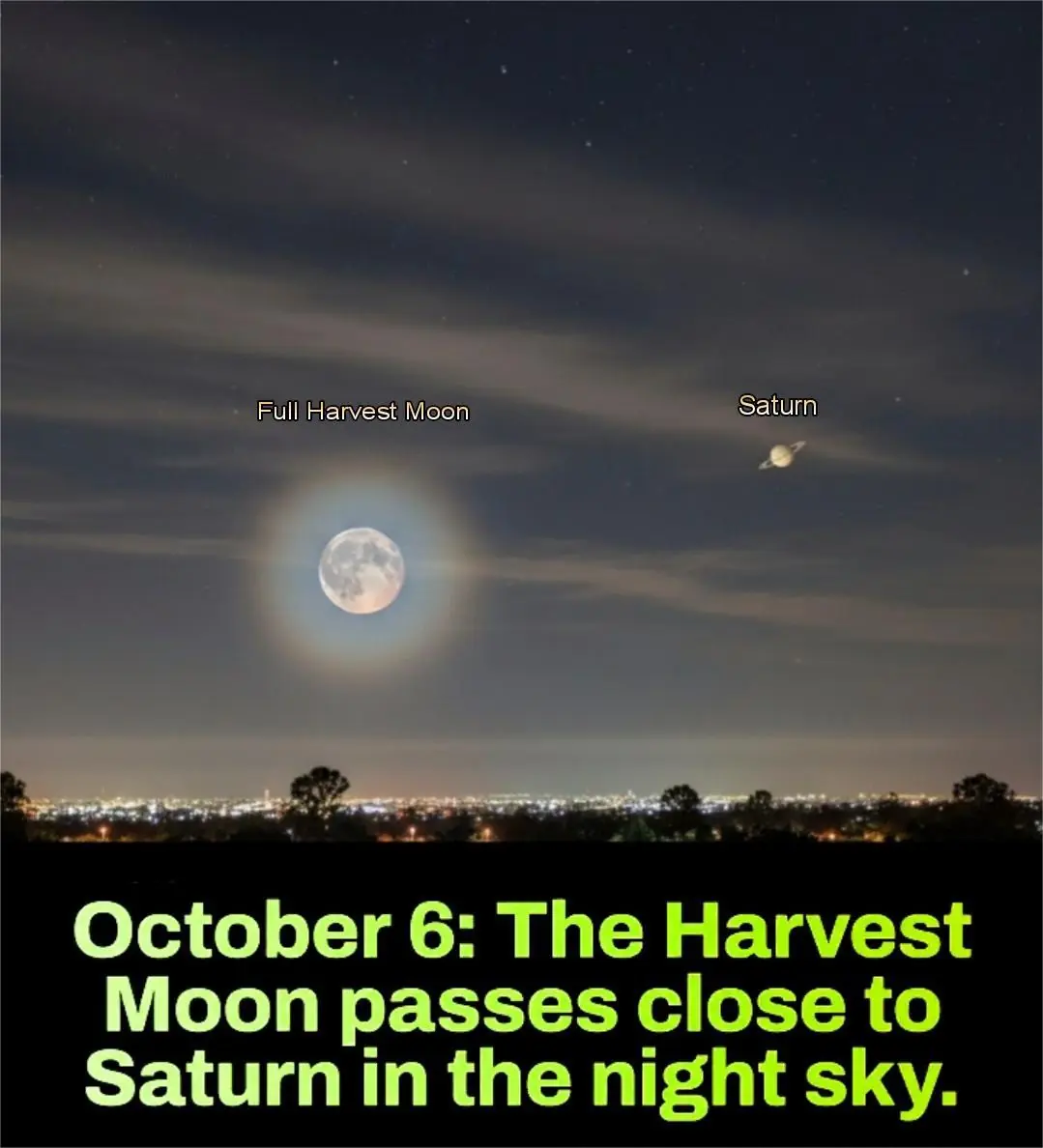
The Moon and Saturn Meet — October 5
Hot News 06/10/2025 12:55

Pick A Bread To See What Kind Of Woman You Are
Hot News 06/10/2025 12:50

Zeus the Blind Owl — A Tiny Survivor With a Universe in His Eyes
Hot News 06/10/2025 12:40

Uber Will Soon Let You Book Helicopter Rides — A New Era of Urban Travel
Hot News 06/10/2025 12:19

From a Lost Check to a Life Rebuilt: The Remarkable Story of Elmer Alvarez

The Rickshaw Driver Who Changed Hundreds of Young Lives
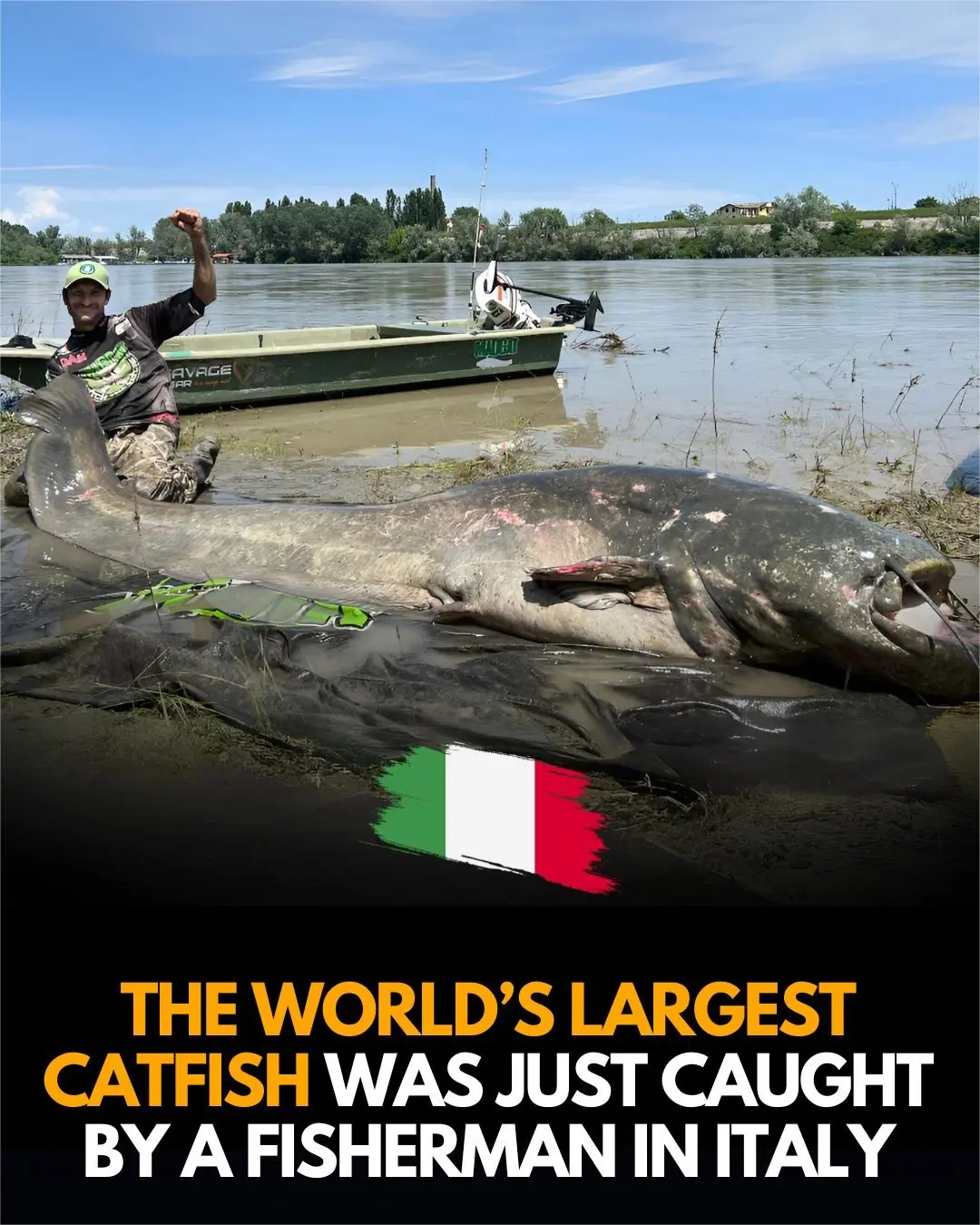
Italian Angler Lands Colossal Catfish That Could Set a New Record
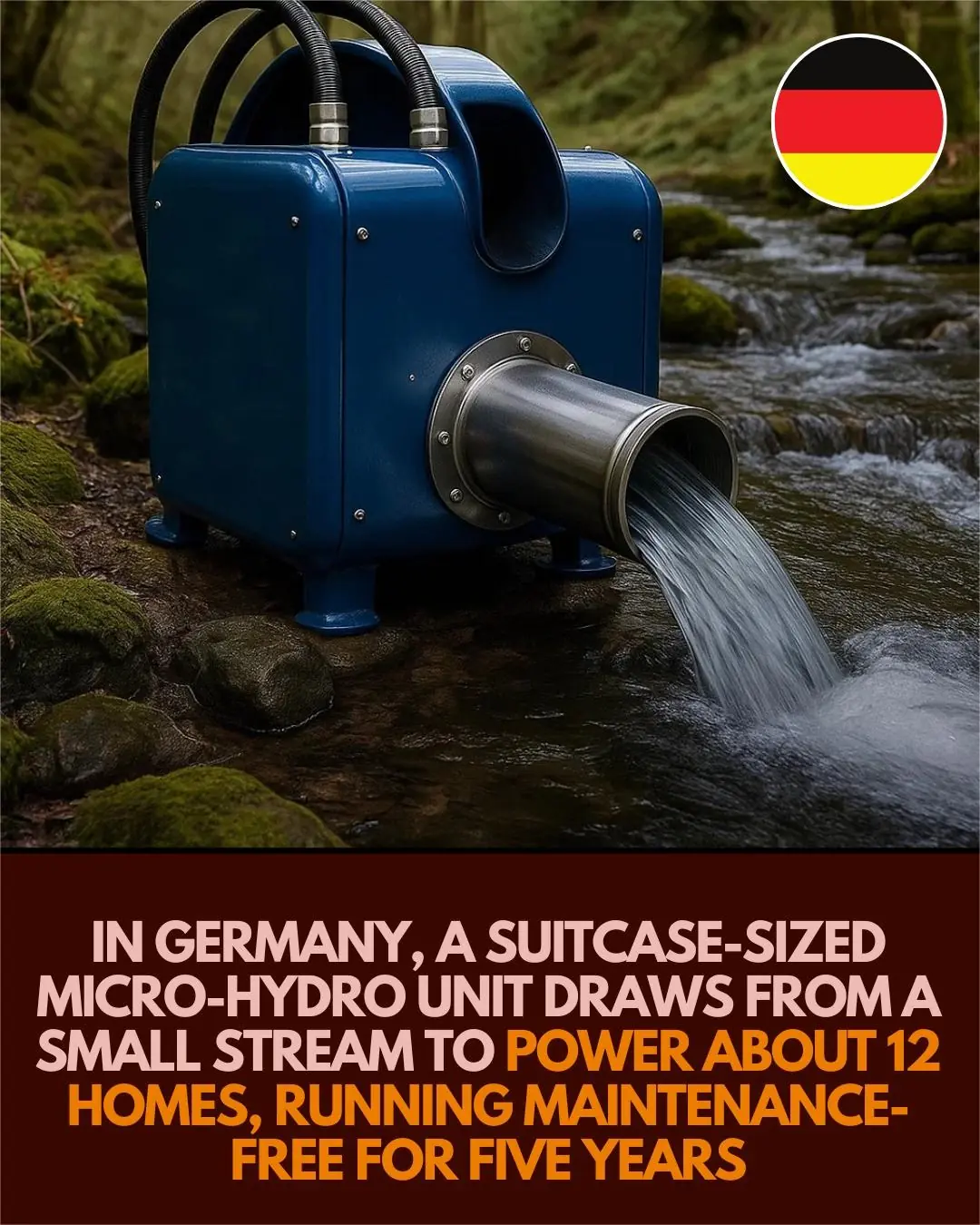
Tiny Hydropower Innovation Sparks Big Energy Dreams in Germany
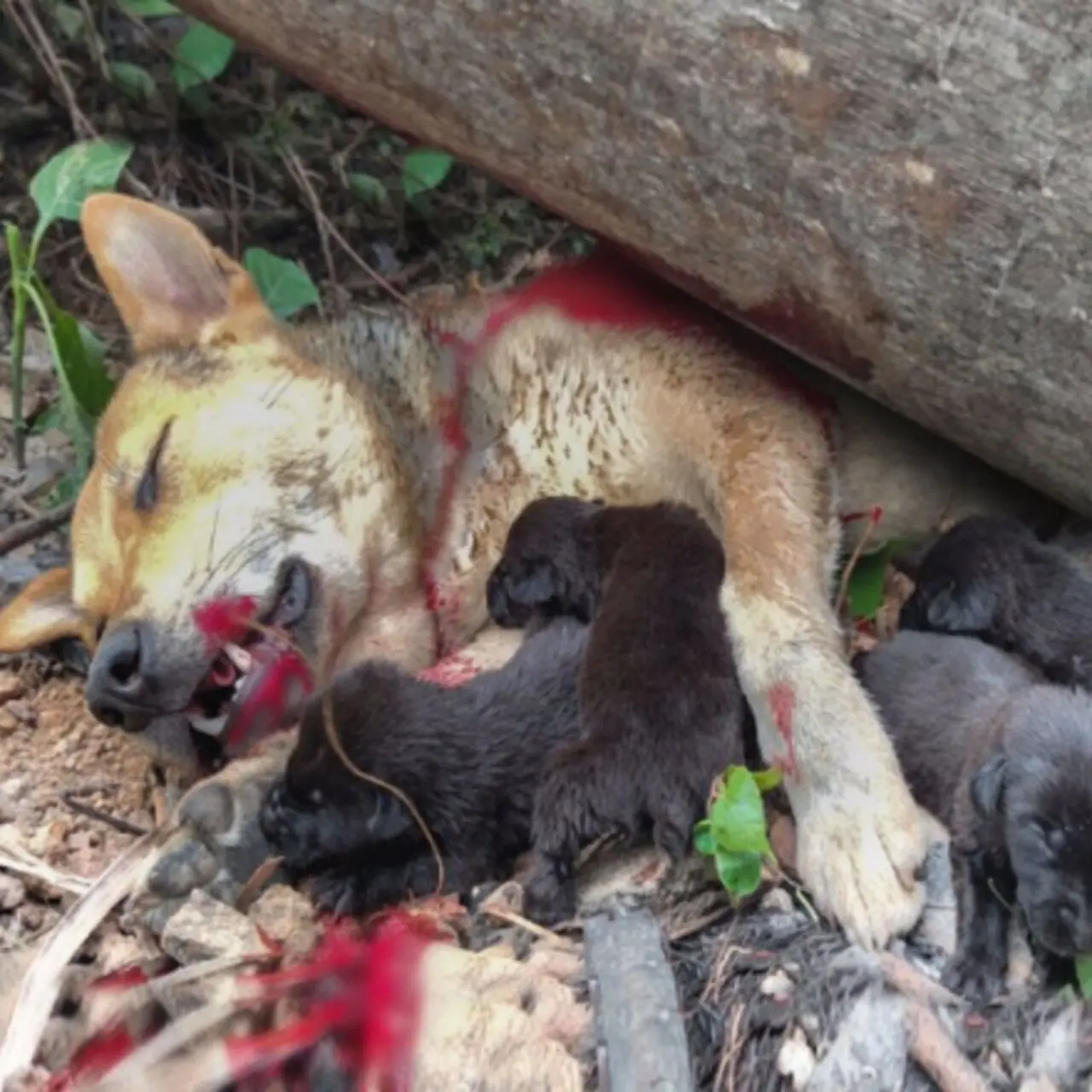
Brave Mother Dog Crosses Danger to Protect Her Puppy

Antimatter: Why the Universe’s Rarest Material Could Be Worth Trillions
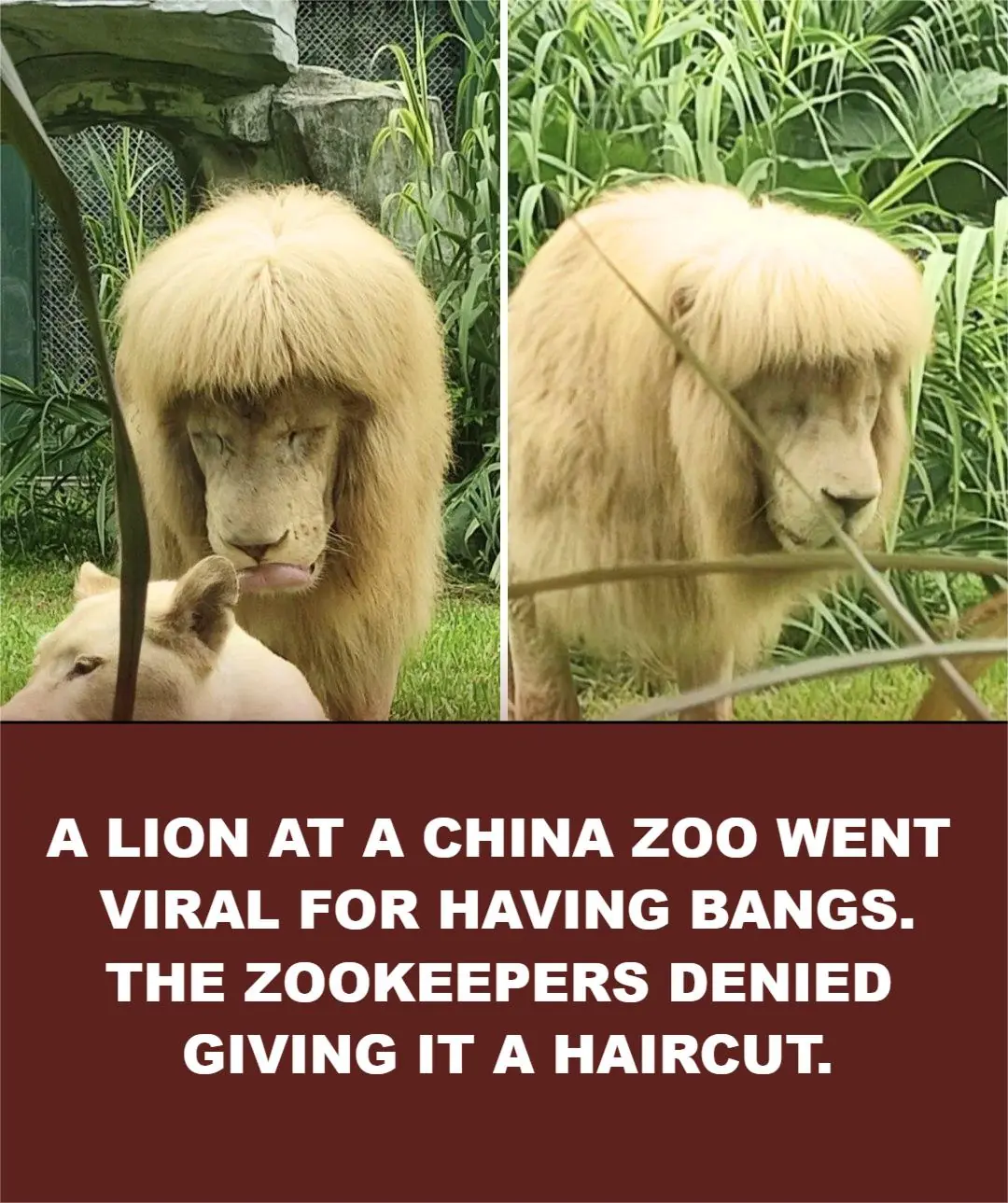
Lion With “Bangs” Goes Viral in China — But Zoo Denies Any Haircut
News Post

3 Unusual Neck Signs That May Warn of Cancer
Health News 09/10/2025 02:30
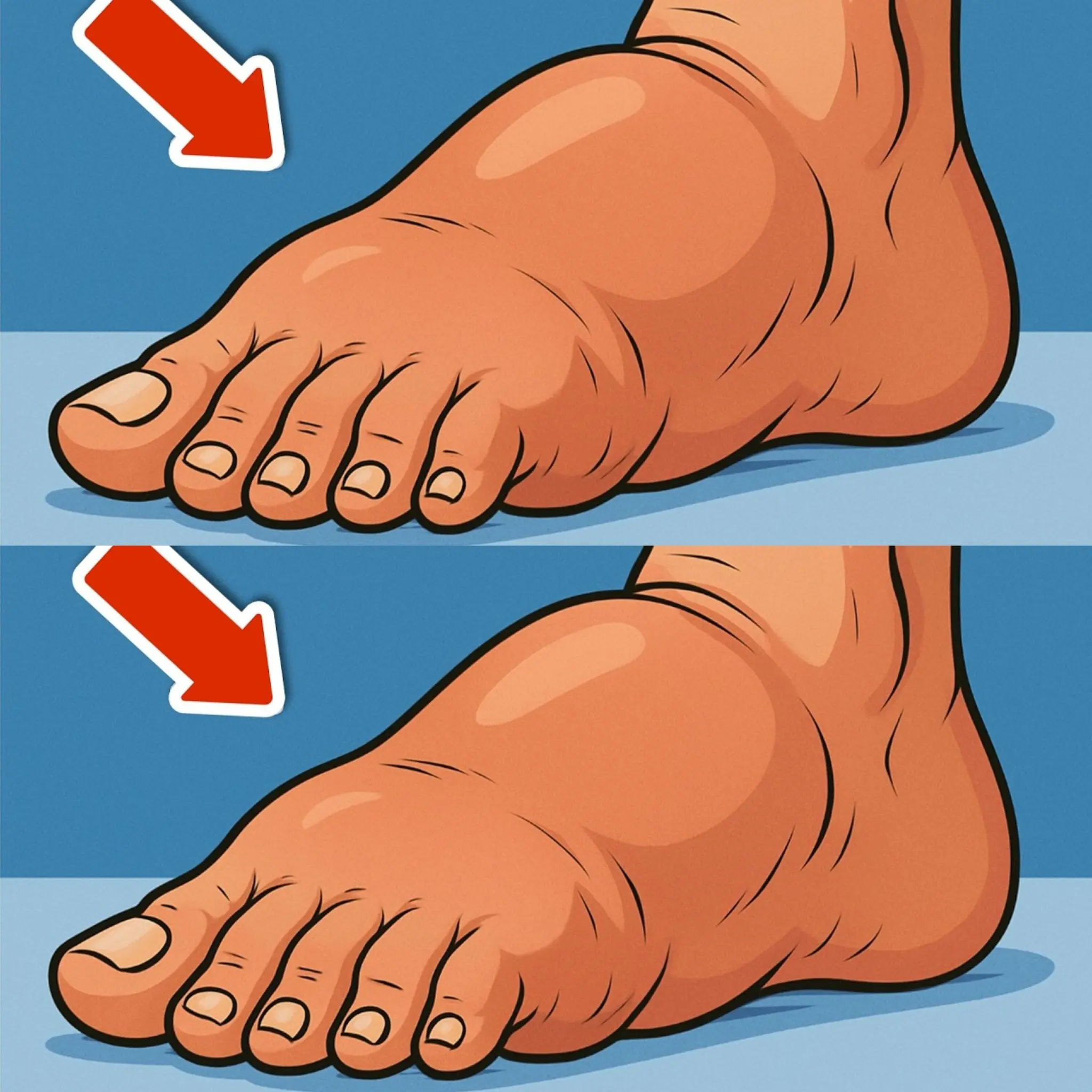
Eat THIS to Get Rid of Swollen Legs & Feet – Incredibly Fast!
Health News 09/10/2025 02:18

Rice Rose Water Collagen Gel: For Flawless Glowing Skin
Beauty 09/10/2025 01:48

Eliminate Joint Pain for 20 Years with This Simple Trick!
Healthy 09/10/2025 00:05

Papaya Leaves: The Secret to Thicker, Faster-Growing Hair
Healthy 08/10/2025 23:52

Discover 12 Super Foods to Enhance Blood Circulation in Your Legs
Healthy 08/10/2025 23:48

5 Herbal Teas to Naturally Support Blood Flow and Circulation
Healthy 08/10/2025 23:40

The Onion Antibiotic: A Powerful Natural Remedy for Cough, Bronchitis, and Pneumonia
Healthy 08/10/2025 23:37

9 Powerful Ways to Use Vaseline for Beautiful Skin
Healthy 08/10/2025 23:35

The Gentle Side of the King: How Lions Pretend to Be Hurt to Teach and Empower Their Cubs
Fun Fact 08/10/2025 22:52

The Surprising Health Benefits of Purple Onion
Healthy 08/10/2025 22:08

Moringa: The Miracle Tree That Transforms Your Health
Healthy 08/10/2025 21:36

8 Reasons To Leave A Purslane Weed Growing
Healthy 08/10/2025 21:27

Unbelievable! Restore Your Vision Naturally with This Parsley Drink!
Healthy 08/10/2025 21:24

Rice Baby Oil Collagen Cream: Young Looking Wrinkle Free Skin
Beauty 08/10/2025 20:01

Man in a Giant Dachshund Costume Steals Hearts Walking His Pet
Hot News 08/10/2025 16:23

Powerful Cure to Cleanse the Lungs & Sinuses – Breathe Instantly with Horseradish!
Smoothie 07/10/2025 22:35

Goodbye to Urinary Infections and More: Discover the Benefits of Tradescantia Spathacea
Healthy 07/10/2025 22:32

Ditch the Pills: Unlock Chayote’s Secret to Pain-Free, Vibrant Health!
Healthy 07/10/2025 22:29
